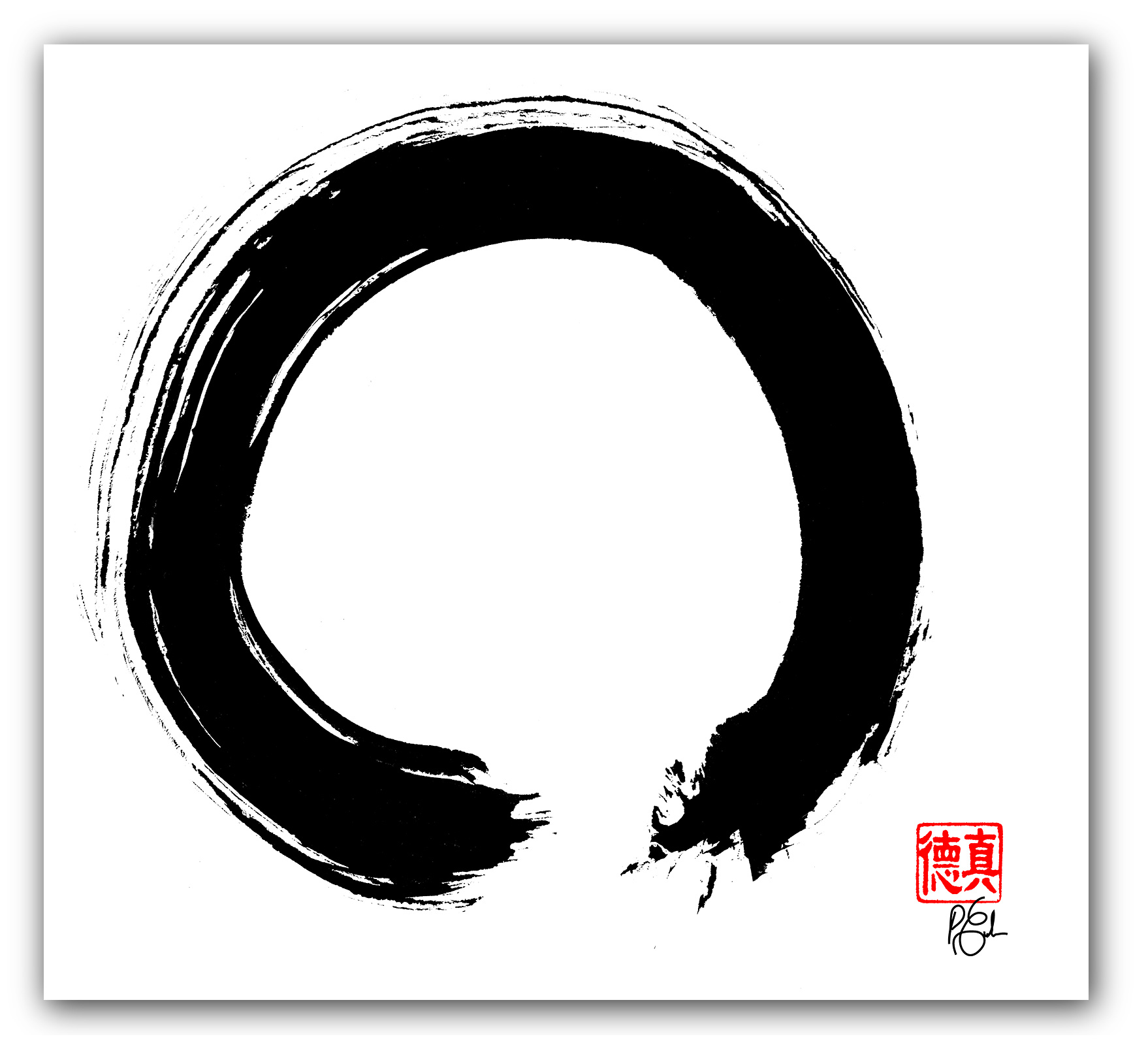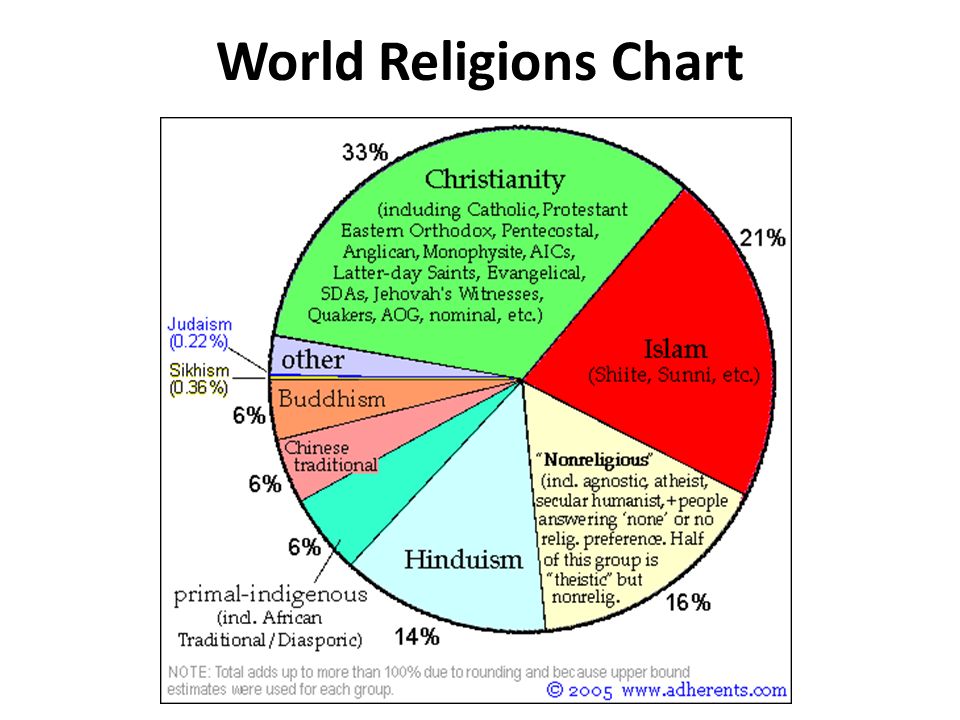MANUAL OF ZEN BUDDHISM DAISETZ TEITARO SUZUKI, D. Professor of Buddhist Philosophy in the Otani University, Kyoto [1935 Set in pdf by M. Sheet, Baghdad, Iraq 2005 Prepare for Complete Living. If you want to live a fulfilling and stimulating life, then you need to prepare by cultivating broad perspectives, empathetic approaches to people throughout the world, and the ability to look at situations through a reasonable lens. E ARLY JAPANESE BUDDHISM Spread of Buddhism in Asuka, Nara, and Heian Periods Click here for condensed version of below story. The impact of Buddhism on Japans political, religious, and artistic development is impossible to exaggerate. An introduction to the fascinating world of Thai Buddhism and spirit belief. Walk our introductory path and then explore our aspects What is Buddhism? Buddhism is a religion to about 300 million people around the world. The word comes from 'budhi 'to awaken. The two main types of mind are explained as the conceptual and the nonconceptual. The conceptual is the normal mind aspect we use to survive in daily life, but is ultimately mistaken about the way in which reality exists. Among the many modern ethical issues of concern to women, those surrounding reproductive choice are arguably the most urgent. My purpose here is to explore these issues from Buddhist points of view, traditional and contemporary, to open the discussion on how contemporary American Buddhists may resolve tensions between Buddhist ideals and modern realities, and explore. Background: Buddhism currently has about 376 million followers and is generally listed as the world's fourth largest religion after Christianity, Islam and Hinduism. It was founded in Northern India by Siddhartha Gautama (circa 563 to 460 BCE) and has spread into much of the far East. It is making major inroads into North America. This Very Short Introduction offers readers a superb overview of the teachings of the Buddha, as well as a succinct guide to the integration of Buddhism into daily life. Buddhism is a major global religion with a complex history and system of beliefs. The following is intended only to introduce Buddhism's history and fundamental tenets. Find out more about Buddhism's origins, doctrines, and the distinctive features of its major schools, to understand how Buddhism impacts our world. Before the communist takeover, Tibet was a Buddhist country, and Tibetan Buddhist culture still survives somewhat in some of the neighboring countries like Bhutan and Nepal, and in refugee communities in India and in the West. All of the Dharma is based on Buddha's discovery that suffering is unnecessary: Like a disease, once we really face the fact that. Since some background knowledge of rebirth and karma is useful for understanding Buddhism, there now follows a brief introduction to these topics taken from Geshe Kelsangs book, Eight Steps to Happiness: The mind is neither physical, nor a byproduct of purely physical processes, but a formless continuum that is a separate entity from the body. Buddhism is a religion based on the teachings of Siddhartha Gautama, who was born in the fifth century B. in what is now Nepal and northern India. He came to be called the Buddha, which means awakened one, after he experienced a profound realization of the nature of life, death, and existence. Nirvana Day is an annual Buddhist festival that remembers the death of the Buddha when he reached Nirvana at the age of 80. It is also known as Parinirvana Day. It is celebrated by some Buddhists. Buddhism entered Han China via the Silk Road, beginning in the 1st or 2nd century CE. The first documented translation efforts by Buddhist monks in China (all foreigners) were in the 2nd century CE under the influence of the expansion of the Kushan Empire into the Chinese territory of the Tarim Basin under Kanishka. These contacts brought Gandharan Buddhist culture into territories adjacent to. Here you will find some information on Buddhism to help you gain a basic understanding of this ancient religion and philosophy. Introduction to Number Symbolism. See integers from 1 to 10 as pronounced in 4, 500 languages. Tibetan: 1 chi 2 nyi 3 sum 4 shi 5 nga 6 truk 7 dn 8 gye 9 gu 10 chu. Greek Archimedes' Naming the Numbers. Numbers play a significant role in philosophy. Numbers as Mnemonic Devices [memory aids. The Buddhist tradition is no different from others in this regard. Buddhism: A Concise Introduction [Huston Smith, Philip Novak on Amazon. FREE shipping on qualifying offers. A concise and uptodate guide to the history, teachings, and practice of Buddhism by two luminaries in the field of world religions. Buddhism ( b d z m, US also b u) is the world's fourthlargest religion with over 520 million followers, or over 7 of the global population, known as Buddhists. An Indian religion, Buddhism encompasses a variety of traditions, beliefs and spiritual practices largely based on original teachings attributed to the Buddha and resulting interpreted philosophies. Introduction to Buddhism Courses. Tushita aims to provide a friendly and conducive environment for people of all nationalities to contact, learn and put into practice the teachings of the Buddha. Buddhism is a tradition that focuses on personal spiritual development. Buddhists strive for a deep insight into the true nature of life and do not worship gods or deities..











